Tour of Haruchika Power Station
In September, a tour of the Haruchika Power Station (Higashi Haruchika, Ina City, Nagano Prefecture) was held by Nagano Prefecture Enterprise Bureau.
The Haruchika Power Station is the largest prefectural power station in Nagano Prefecture, having been in operation since 1958. The station is now over 60 years old and is scheduled for a major renovation.
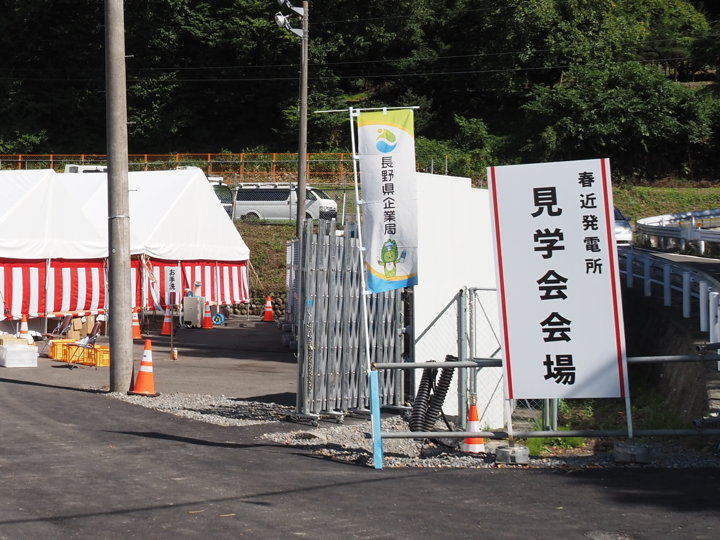
I heard that they would be held a tour of the power station before the construction, so I went.
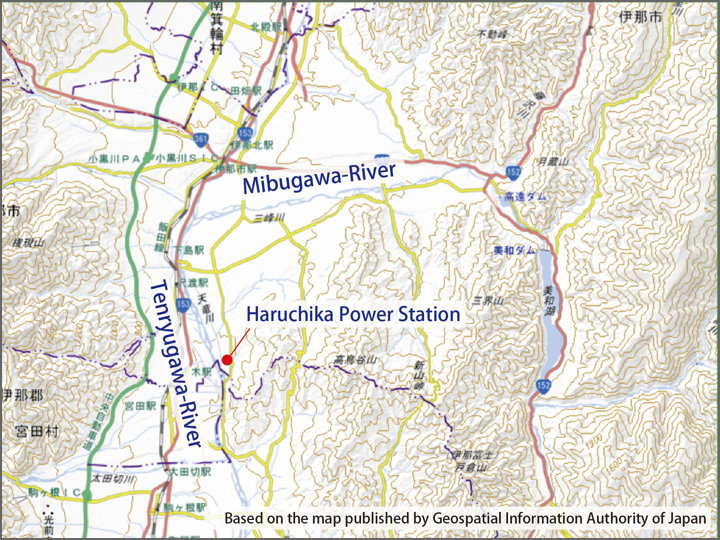
The Haruchika Power Station was built as part of the Mibugawa River Comprehensive Development Project.
In 1949, Nagano Prefecture suffered from disasters such as the summer drought, Typhoon Dela and Kitty, and torrential rains in September, resulting in damages amounting to 8 billion yen. Therefore, the prefecture decided to establish the “River Comprehensive Development Committee of Nagano" to take countermeasures against disasters. In December, the “Comprehensive Development Bureau" was established to take charge of the work, and at the first “Nagano Comprehensive Committee" meeting, it was decided to begin research on the Mibugawa River in the Tenryu River system and the Nobeyama River in the Chikuma River system.
The Mibugawa River has long been a river that has caused flooding, so a plan was made to build a dam to control the flooding and use the water for power generation and drought damage.
Construction of the Miwa Dam began in 1954 with the construction of a temporary drainage channel, and the groundbreaking ceremony for the weir was held in 1956 and completed in 1958.
The Miwa Power Station was constructed in conjunction with the dam.
One kilometer downstream of the Miwa Dam, the Takato Dam was constructed (completed in 1958) as a regulating dam to collect water from the Miwa Dam and the Fujisawa River.
Downstream from the Takato Dam, an irrigation channel and a conduit to the Haruchika Power Station were constructed. An 11km tunnel was dug to divide irrigation water at diversion points along the way.
The Haruchika Power Plant was also completed in 1958.
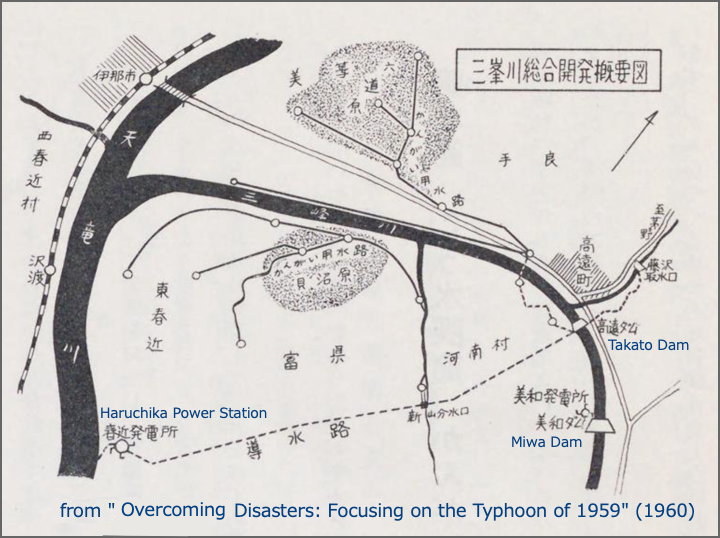
The figure was taken from “Overcoming Disasters: Focusing on the Typhoon of 1959," published by the Document and Public Relations Division of the Nagano Prefectural General Affairs Department in 1960.
Since the power station has been in operation for more than 60 years, it was decided to undergo a major renovation to install new generators and substations.
The following is a description based on the photos taken on the day of the tour.
The Ina Mainichi Newspaper of November 16, 1958 was posted in the waiting area.
The headlines read, “Today’s thrilling completion ceremony" and “Great project of the century, completion of the Mibugawa River Comprehensive Development Project".
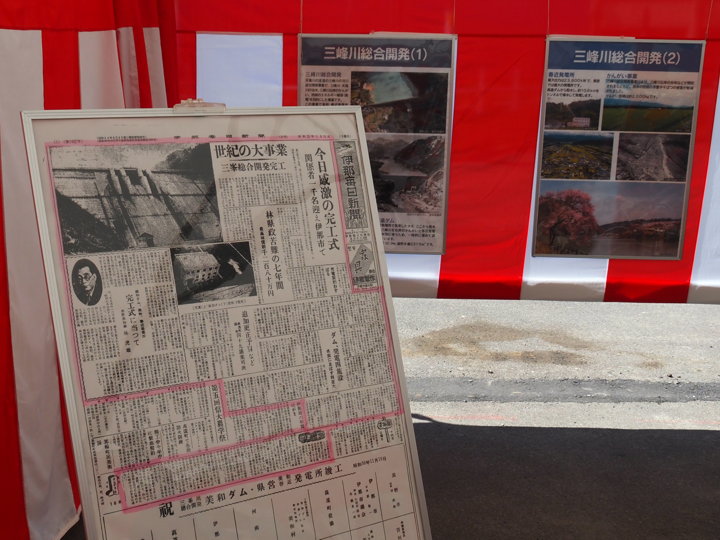
The power generators are housed in this building. The building will continue to be used.
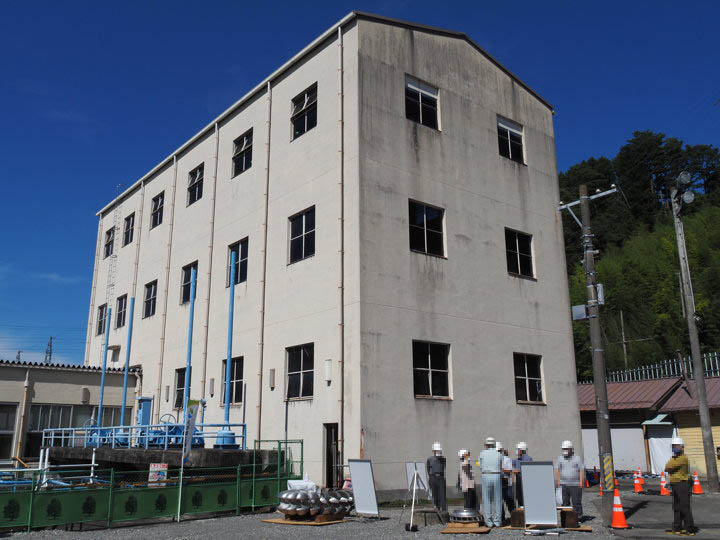
Beyond the building (on the east side), water pressure pipes can be seen. Water carried from the Takato Dam through the tunnel is stored in a water tank and led to the generator through this pipe.
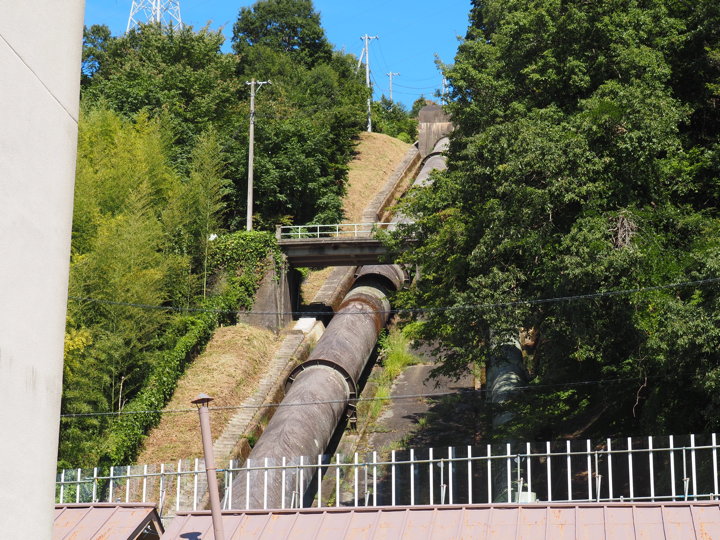
To the north of the power station is a substation. It is said that this substation will be renewed as well.
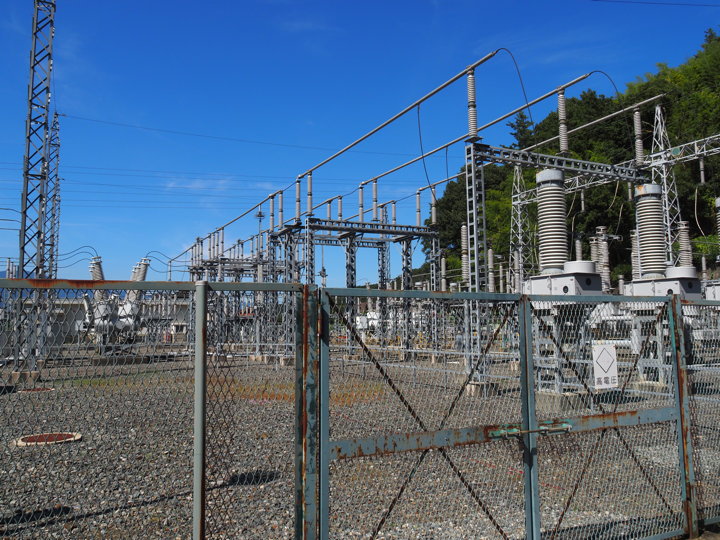
We went inside to see the control equipment. The power station is currently unmanned, and is monitored and controlled from a central control room in Nagano City.
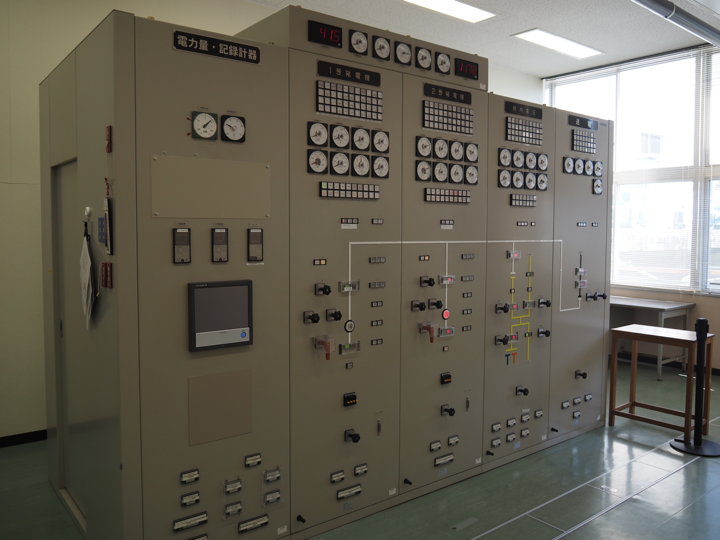
We entered the building where the generators are located.
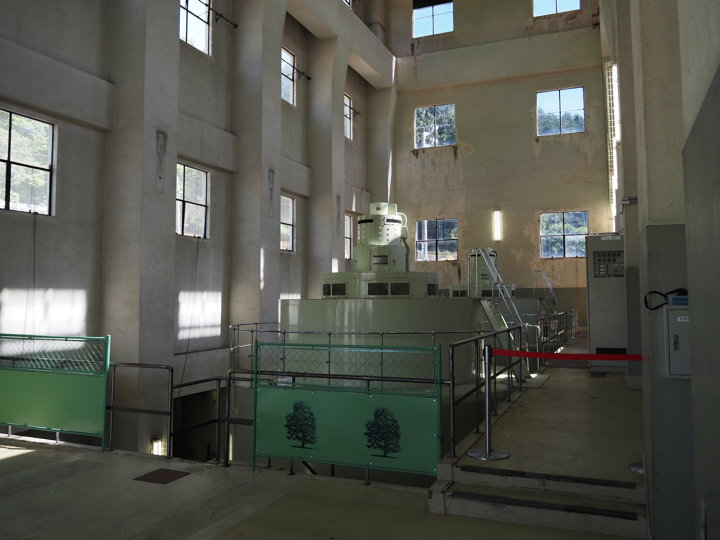
High ceilings.
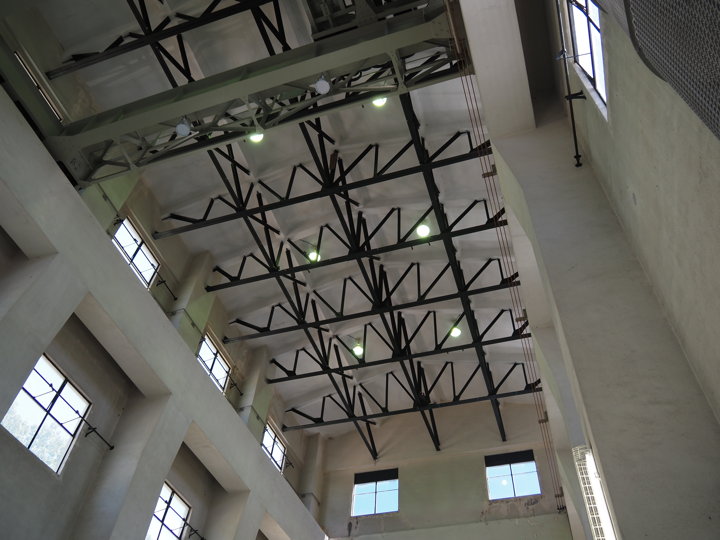
There are two generators. One was operating on this day.
The model of the generator’s turbine was described as a vertical-shaft Francis turbine. This is the most commonly used model.
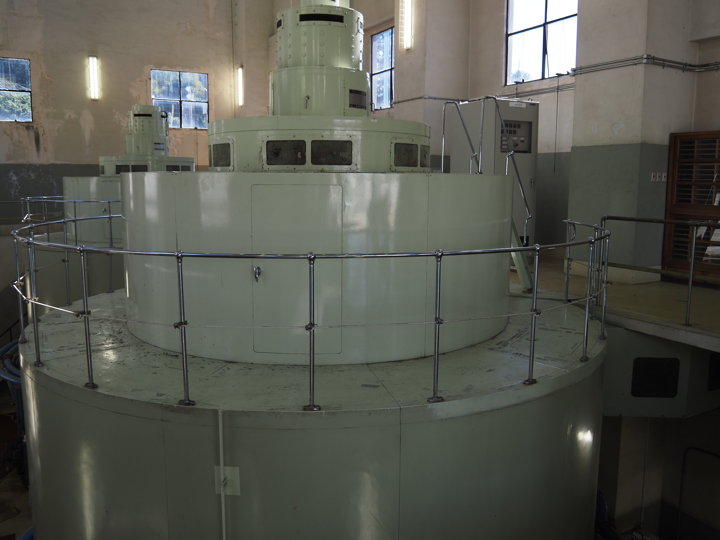
Outside, several types of water turbines that were actually in use were on display.
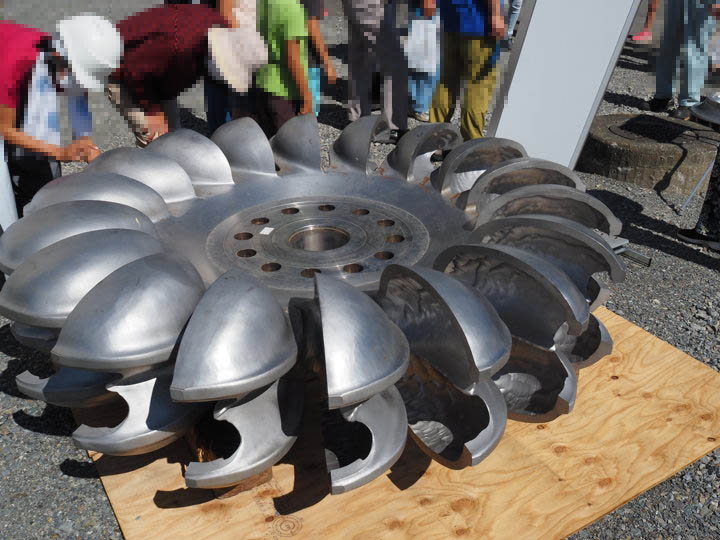
This one was a Pelton turbine, which was used at the Yotagiri Power Station.
It was the largest one on display.
Water is sprayed out of the nozzle to turn the turbine, so the output can be easily adjusted by adjusting the nozzle.
Water from the power station flows through a canal to the Tenryugawa River.
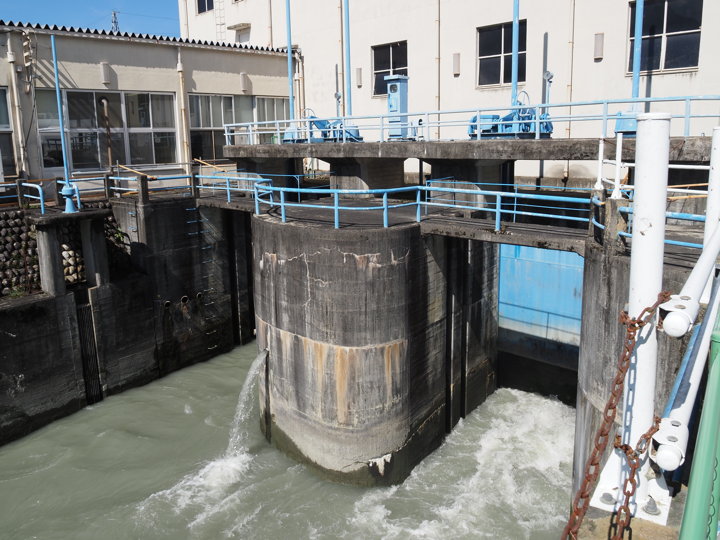
Construction of the Haruchika Power Station will begin in November, and the output will be increased from 23,600 kilowatts to 26,000 kilowatts. A small hydroelectric power generation building will also be constructed to cope with disasters.
Operation is scheduled to begin in 2025.
[Reference]
“Overcoming Disasters: Focusing on the Typhoon of 1959" (the Document and Public Relations Division of the Nagano Prefectural General Affairs Department / 1960)



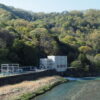

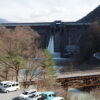
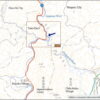
Discussion
New Comments
No comments yet. Be the first one!